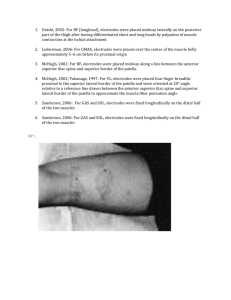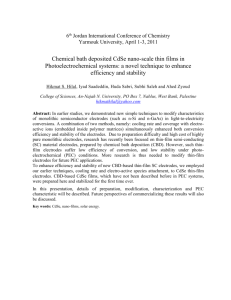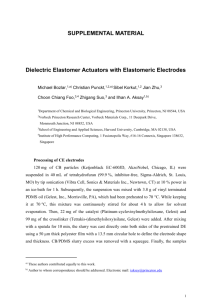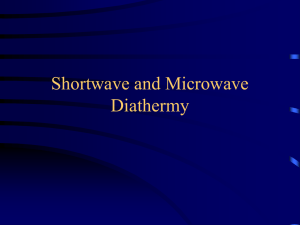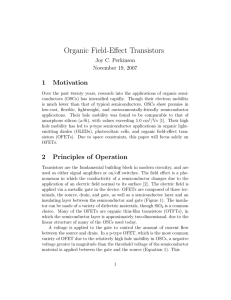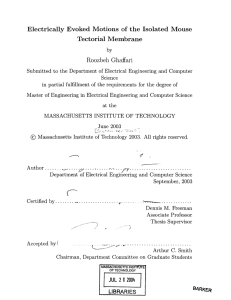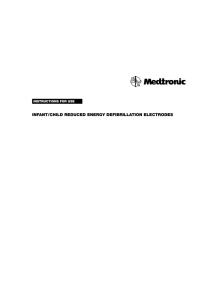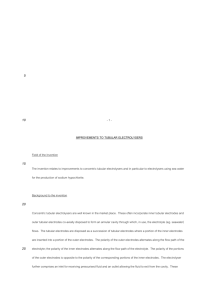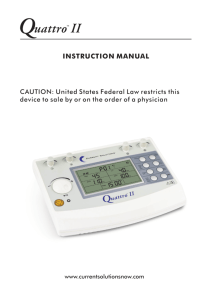supplementary material
advertisement
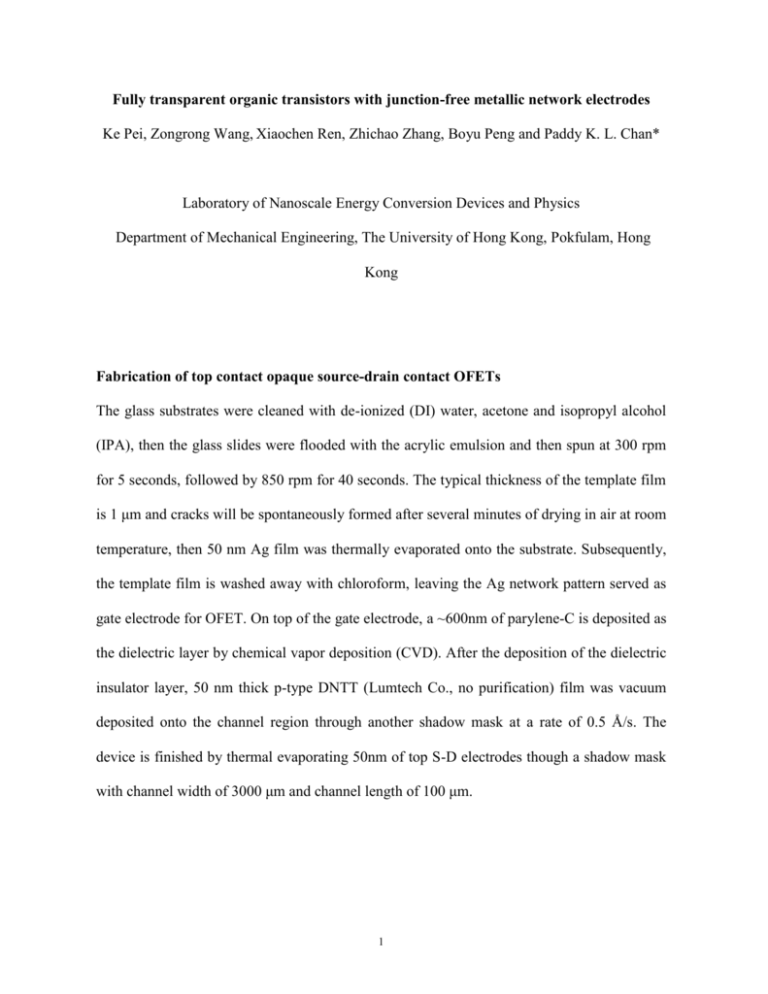
Fully transparent organic transistors with junction-free metallic network electrodes Ke Pei, Zongrong Wang, Xiaochen Ren, Zhichao Zhang, Boyu Peng and Paddy K. L. Chan* Laboratory of Nanoscale Energy Conversion Devices and Physics Department of Mechanical Engineering, The University of Hong Kong, Pokfulam, Hong Kong Fabrication of top contact opaque source-drain contact OFETs The glass substrates were cleaned with de-ionized (DI) water, acetone and isopropyl alcohol (IPA), then the glass slides were flooded with the acrylic emulsion and then spun at 300 rpm for 5 seconds, followed by 850 rpm for 40 seconds. The typical thickness of the template film is 1 μm and cracks will be spontaneously formed after several minutes of drying in air at room temperature, then 50 nm Ag film was thermally evaporated onto the substrate. Subsequently, the template film is washed away with chloroform, leaving the Ag network pattern served as gate electrode for OFET. On top of the gate electrode, a ~600nm of parylene-C is deposited as the dielectric layer by chemical vapor deposition (CVD). After the deposition of the dielectric insulator layer, 50 nm thick p-type DNTT (Lumtech Co., no purification) film was vacuum deposited onto the channel region through another shadow mask at a rate of 0.5 Å/s. The device is finished by thermal evaporating 50nm of top S-D electrodes though a shadow mask with channel width of 3000 μm and channel length of 100 μm. 1 Bottom contact fully transparent OFETs The fabrication procedures of the bottom contact OFETs are similar to that of the top contact devices except the DNTT layer on parylene-C is replaced by a layer of polymer crack template followed by 50nm of Ag to form the interdigitated electrodes, then dissolve the polymer crack template, leaving the Ag network source-drain electrodes. Parylene-C is a wellknown insulation and encapsulation material in electronic devices due to its physically stable and chemically inert properties. The chloroform used to dissolve the acrylic resin will not dissolve the parylene-C dielectic layer at room temperature. The PFBT SAM treatment was done by immersing the samples with Ag network source-drain electrodes into a 1 mM ethanolic solution of PFBT for one hour in ambient under room temperature, the samples with PFBT-treated Ag network source-drain electrodes were then removed from PFBT solution and rinsed extensively with pure ethanol and blown dry with nitrogen. After PFBT treatment, 50nm DNTT was vacuum deposited as mentioned before. The W/L ratio of the bottom contact devices is also 30 (channel width of 3000 μm and channel length of 100 μm) SEM, AFM, optical transmittance, C-f measurement and electrical characterizations The SEM images are performed under scanning electronic microscopes (Hitachi S-4800 FEG SEM) in the electronic microscope unit (EMU) of The University of Hong Kong. The surface roughness of the junction-free wires were measured by Atomic Force Microscopy (AFM) System in probe tapping mode in the air from Bruker. The optical transmittance was measured by a Varian Cary 4000 UV−VIS spectrophotometer. Sheet resistance of the junction-free Ag network electrode was measured by the van der Pauw method which has four dot electrodes at four corners of a square (2 cm × 2 cm) of the sample and recorded with a Keithley 2602 2 sourcemeter. Capacitance-frequency (C-f) measurement is done by an Agilent 4294A precision impedance analyzer. All the devices are tested inside nitrogen glovebox with less than 0.1 ppm of oxygen and water. The electrical measurements of all transistors were performed by LabVIEW controlled Keithley 2636A dual-channel sourcemeter. Figure S1. (a) AFM image of Ag wire network (b) is corresponding height profile along the dash line marked in (a) 3 Figure S2. Optical transmittance spectrum of fully transparent bottom contact OFETs on junction-free Ag network electrodes using crack template method. 4 Figure S3. (a) Transfer curves of total 25 fully transparent transistors on glass substrate at VDS=-30 V. Histograms of (b) mobilities (c) on/off ratio of the fully transparent transistors after SAM treatment, is the standard deviation. 5
